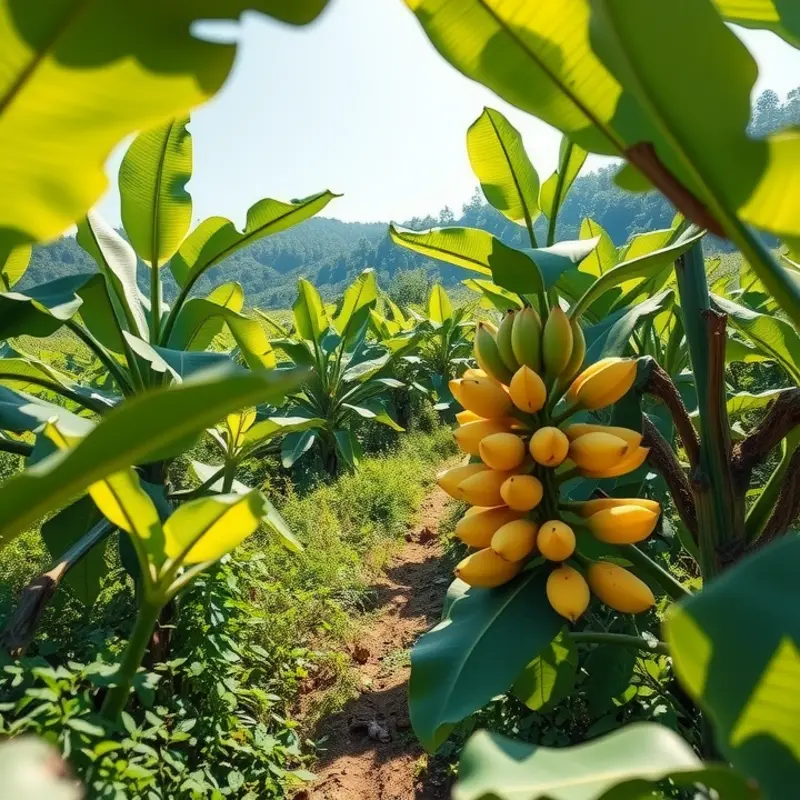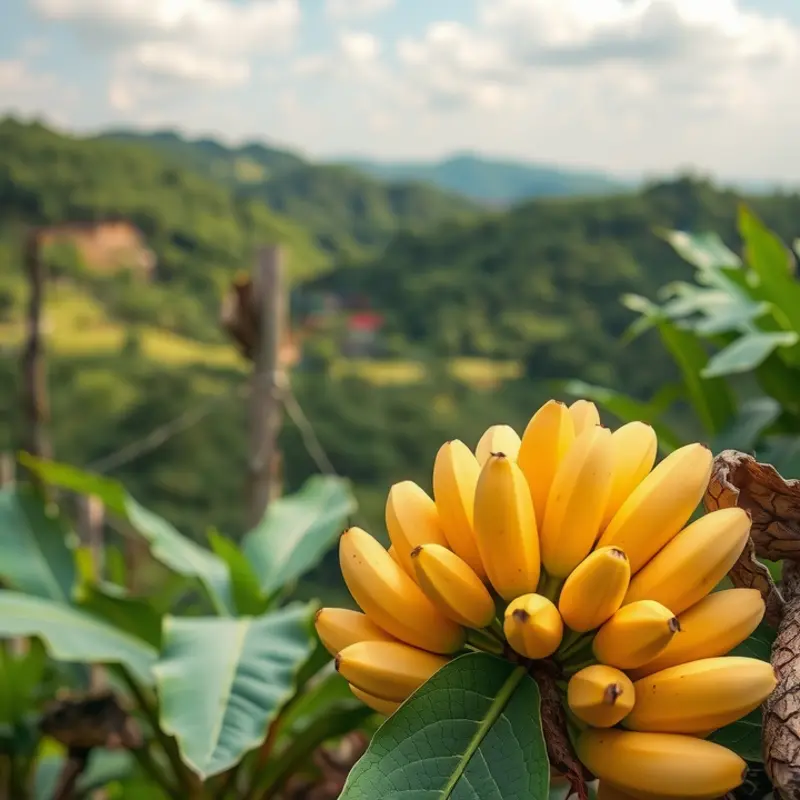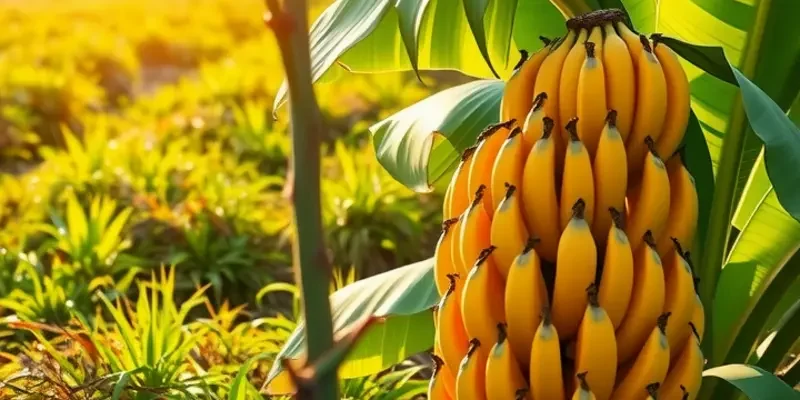Bananas, beloved for their taste and nutritional benefits, often fall victim to spoilage. With their unique ripening process, they can turn brown from vibrant yellow faster than you might think. However, implementing practical storage methods can significantly extend their freshness. By understanding how to manage bananas effectively, you not only reduce waste but also enjoy this healthy snack for longer periods. Let’s explore some actionable steps to improve your banana management at home.
The Science Behind Banana Ripening

Banana ripening holds secrets rooted in nature’s chemistry. At the heart of this process is ethylene gas, an invisible yet potent force propelling bananas towards their golden hue. Bananas, like several other fruits, naturally release ethylene, which acts as a cue to start converting starches into sugars, softening the peel and the fruit inside.
When bananas are stored closely together, the concentration of ethylene gas increases exponentially. This is why a bunch ripens faster than a single banana. To extend freshness, the first step is understanding this nuance. By separating bananas, you decrease the build-up of ethylene around them, slowing the ripening process.
Protective coverings can further assist in your quest to keep bananas fresh. Wrapping the stems in plastic wrap insulates them, reducing the spread of ethylene from stem to fruit. This simple technique isolates the gas and can remarkably decelerate ripening. Remember that the key point of ethylene production is the area around the stem—giving it extra attention yields better results.
Moreover, controlling the environment around your bananas is equally crucial. Temperature plays a significant role in how quickly bananas transition from firm to soft. Cooler temperatures slow this biochemical tango, making refrigeration an option. However, it’s worth noting refrigeration also turns the peel brown fast; fortunately, the fruit inside remains fresh longer. If the aesthetic of the peel doesn’t bother you, storing ripe bananas in the fridge can be an effective method to prevent spoilage.
Crafting the ideal banana storage zone combines separation with environmental control. Maintaining a cool room temperature, away from direct sunlight, is beneficial. Try setting up separate stations for less ripe and more ripe bananas. This strategy allows for consumption in stages, reducing waste by always having bananas at varying ripeness levels.
In culinary applications, slightly overripe bananas can be transformed into delectable treats like banana bread or smoothies, so never consider them spoiled too soon. For more intriguing kitchen tips, check out how managing refrigerator humidity can further optimize food preservation.
Understanding the science of ripening marks an essential step toward smarter storage solutions. By using separation, protection, and environmental manipulation, your bananas will stay fresh, flavorful, and ready to enjoy.
Practical Storage Solutions for Bananas

To extend the freshness of your bananas, employing effective storage strategies is key. One of the simplest methods is utilizing a banana hanger. Hanging bananas prevents bruising, which often occurs when they rest on countertops. It also promotes air circulation around the fruit, allowing them to ripen evenly.
When you encounter overripe bananas, instead of letting them go to waste, consider freezing them. Place peeled bananas into freezer bags, expelling any excess air to prevent freezer burn. These frozen bananas are ideal for smoothies or as a natural sweetener in baking recipes, ensuring no fruit goes to waste.
An additional technique to slow down the ripening process involves wrapping banana stems with plastic wrap. Bananas naturally emit ethylene gas from their stems, which accelerates ripening. Wrapping the stems minimizes the release of this gas, thus extending the bananas’ shelf life.
Apart from these methods, keeping bananas away from other ripe fruits is crucial. Fruits like apples and avocados also release ethylene gas, which can hasten banana spoilage. By storing bananas in separate areas, you maintain their freshness longer.
Implementing these storage solutions can dramatically reduce banana waste. For those interested in broader food storage strategies, you might explore managing refrigerator humidity to optimize freshness beyond just bananas. By mastering these techniques, you contribute not only to reducing food waste but also to enjoying bananas at their peak flavor.
Final words
Reducing banana spoilage not only helps in waste management but also ensures you can enjoy this nutritious snack regularly. By understanding how bananas ripen and implementing practical storage solutions, you can extend their freshness. Remember to separate bananas, control their environment, and utilize simple techniques such as wrapping stems. Each small effort adds up to significant reductions in waste and improved food management at home. Take these actionable steps to keep your bananas in top condition and savor them to the fullest for days to come.







